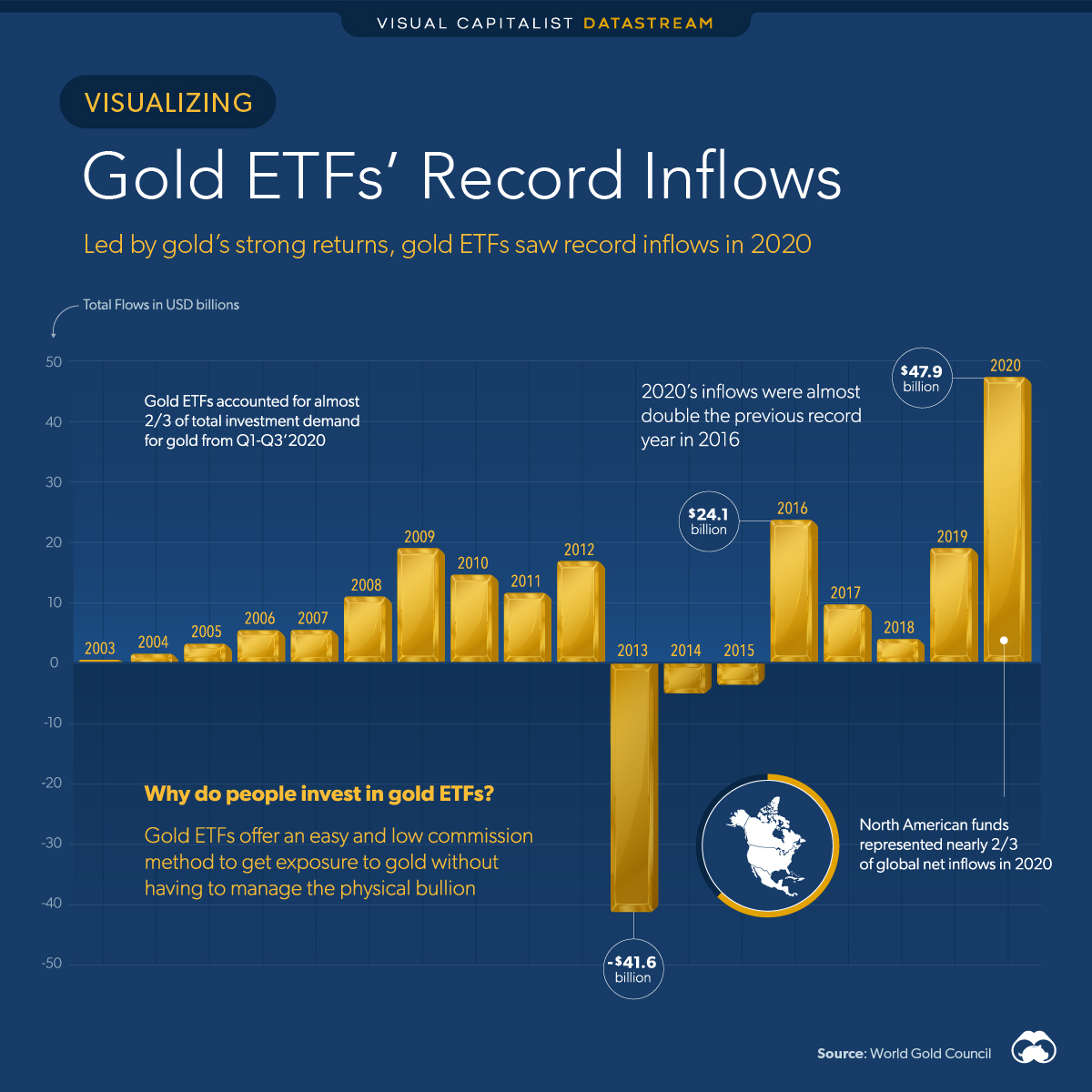Unveiling the Matchup: Crypto ETFs Compared to Traditional Options
U.S. companies, while a gold ETF holds physical gold bullion. Crypto ETFs, on the other hand, provide exposure to the world of cryptocurrencies, which are digital assets built on blockchain technology. Bitcoin and Ethereum are two prominent examples of cryptocurrencies that some crypto ETFs hold.
Regulation: Navigating Uncharted TerritoryExchange-traded funds (ETFs) have become a cornerstone of modern investing, offering a diversified basket of assets in a single, tradable unit. But the recent emergence of cryptocurrency (crypto) ETFs has introduced a new wrinkle to this established strategy. Let's delve into the key differences between crypto and traditional ETFs, unpacking their unique characteristics to help investors navigate this evolving landscape.
Underlying Assets: A Tale of Two Worlds
The most fundamental distinction lies in the underlying assets held by each type of ETF. Traditional ETFs typically track a broad market index, a specific sector, or a commodity. For instance, an S&P 500 ETF invests in the stocks of the 500 largest
The regulatory landscape surrounding cryptocurrencies is still taking shape compared to the well-established framework for traditional assets. Traditional ETFs are subject to rigorous oversight by financial authorities, ensuring transparency and investor protection. Cryptocurrencies, however, operate in a less regulated environment, which can introduce elements of risk for crypto ETF investors. Regulatory bodies are still grappling with how to best oversee the crypto market, and this evolving landscape can impact the stability and transparency of crypto ETFs.
Investment Management: Active vs. Passive Approaches
Traditional ETFs are predominantly passively managed, meaning they aim to mirror the performance of an underlying index. This approach offers low fees and broad market exposure. Crypto ETFs, on the other hand, can be either passively or actively managed. Passively managed crypto ETFs track a crypto index, while actively managed ones employ investment professionals who select specific cryptocurrencies in hopes of outperforming the market. This difference can influence fees, with actively managed crypto ETFs typically incurring higher costs.
Liquidity and Volatility: A Balancing Act
Traditional ETFs generally boast high liquidity, meaning they can be easily bought and sold on exchanges. This translates to lower transaction costs and the ability to enter or exit positions swiftly. Crypto ETFs, however, may exhibit lower liquidity, particularly those focused on newer or less established cryptocurrencies. This reduced liquidity can lead to wider bid-ask spreads, impacting the price investors pay when buying or selling shares. Additionally, the inherent volatility of cryptocurrencies is often amplified within crypto ETFs, potentially leading to more significant price fluctuations compared to traditional ETFs.
The Verdict: Tailoring the Choice to Investor Goals
The choice between crypto and traditional ETFs hinges on individual investor goals and risk tolerance. Traditional ETFs offer a familiar, well-regulated avenue for achieving diversified exposure to established asset classes. Crypto ETFs, on the other hand, provide a novel way to participate in the burgeoning crypto market, albeit with the potential for greater volatility and regulatory uncertainty. Investors venturing into crypto ETFs should possess a strong understanding of the underlying assets and the inherent risks involved.


Join the conversation